Understanding key components like the DGFT and shipping bill status is essential for international trade success. The Directorate General of Foreign Trade (DGFT) plays a crucial role in regulating and promoting foreign trade in India. One of the essential documents in this process is the shipping bill, a record that outlines the goods being exported.
Keeping track of your shipping bill status ensures smooth operations and compliance with trade regulations. The Central Board of Excise and Customs (CBEC) e-commerce portal simplifies this task, offering an efficient way to check the status online.
This article will guide you through the purpose of checking DGFT shipping bill status, the process of checking DGFT shipping bill status, common issues, troubleshooting, and more.
Step-by-Step Guide to Checking DGFT Shipping Bill Status
Are you an exporter waiting for your shipment clearance? Follow this easy, step-by-step guide to checking your DGFT Shipping Bill status.
Step 1: Login to Your DGFT Account
Visit the official website of DGFT. If you are registered, enter your user ID and password to log in. If you don’t have an account, you’ll need to register first by clicking on the “New User” option and following the prompts.
Step 2: Navigate to the ‘Shipping Bill’ Section
Find the ‘Services’ tab on the main menu after logging in. When you hover over it, a drop-down menu will appear, and then select ‘Shipping Bill’.
Step 3: Enter the Required Details
You’ll be prompted to fill in specific details related to your shipping bill. Ensure you have the following information handy:
- Shipping Bill Number
- Shipping Bill Date
- Port Code
Step 4: Verify the Captcha Code
For security reasons, you will be required to enter a captcha code visible on the screen. This step ensures that a human and not a bot is making the request.
Step 5: Submit Your Request
After filling in all the required details and captcha code, click on the ‘Submit’ button. The system will process your request and fetch the status of your shipping bill.
Step 6: Review the Shipping Bill Status
The status of your shipping bill will be displayed on the screen. Review the information carefully. The status will typically include details like:
- Current status (e.g., under processing, cleared, etc.)
- Remarks (if any)
- Date and Time of the Last Update
Step 7: Print or Save the Status
You can print or download the status report for your records. This can come in handy later on or in case of any disputes.
You can then check the status of your DGFT Shipping Bill by following these procedures, which will ensure that your exports are completed promptly.
Purpose of Checking DGFT Shipping Bill Status
Checking DGFT (Directorate General of Foreign Trade) Shipping Bill status serves several purposes related to export activities. Let’s discuss each of the given purposes:
Verification of Export Details:
- Accuracy: Ensuring that the details provided in the Shipping Bill, such as the description of goods, quantity, value, destination, etc., are correct and match the actual shipment.
- Documentation: Verifying that all necessary documents related to export compliance are accurately filled out and submitted.
Tracking Shipment Progress:
- Logistics: Monitoring the movement of goods from the origin to the destination to ensure timely delivery.
- Customer Service: Providing accurate information to customers regarding the status of their shipments, which enhances trust and customer satisfaction.
- Risk Management: Identifying any delays or issues in transit that may affect delivery schedules or regulatory compliance.
Compliance with Regulatory Requirements:
- Legal Obligations: Ensuring that exports comply with all applicable laws, regulations, and policies of both the exporting and importing countries.
- Customs Clearance: Facilitating smooth customs clearance processes by having accurate and up-to-date information on the status of shipments.
- Avoiding Penalties: Preventing potential penalties or delays due to non-compliance with export regulations.
In summary, checking the DGFT Shipping Bill status is crucial for verifying export details, tracking shipment progress for logistical purposes, and ensuring compliance with regulatory requirements. These activities collectively contribute to efficient and compliant export operations.
Overview of the CBEC E-Commerce Portal
The CBEC e-commerce portal is an online platform designed to facilitate various customs and excise-related activities. It provides exporters and importers with a one-stop solution for managing customs documentation, tracking shipments, and ensuring compliance with regulatory requirements.
Key Functions of the CBEC E-Commerce Portal
The CBEC e-commerce portal offers numerous features that are essential for exporters, including:
- Online Filing of Shipping Bills: Exporters can file their shipping bills online, reducing the need for physical paperwork and speeding up the process.
- Real-Time Status Updates: The portal provides real-time updates on the status of shipping bills, allowing exporters to stay informed about the progress of their shipments.
- Integration with DGFT: Seamless integration with the Directorate General of Foreign Trade (DGFT) enables smooth exchange of information and enhances the efficiency of tracking shipping bill status.
- Customs Clearance Information: Exporters can access detailed information about customs clearance, including any pending documentation or issues that need to be addressed.
- User-Friendly Interface: Because of the portal’s user-friendly design, exporters may easily navigate it and get the information they require.
Common Issues and Troubleshooting Tips While Checking DGFT Shipping Bill Status
Frustrated with delays in tracking your DGFT Shipping Bill status? Let’s explore some common issues and practical troubleshooting tips to ensure a smooth process.
A. Incorrect Details Entered
One of the most common issues exporters face is entering incorrect details such as the Shipping Bill Number, Date, or Port Code. This can lead to errors or inability to retrieve the status.
Troubleshooting Tips:
1. Double-Check Information: Always verify the details before submitting. Ensure that the Shipping Bill Number, Date, and Port Code are accurate.
2. Use Official Documentation: Refer to the official shipping documents provided by the customs authorities to enter the correct information.
3. Avoid Typos: Pay attention to typos or formatting errors. For example, using the wrong date format can result in an error.
B. Website Downtime or Technical Glitches
The DGFT or CBEC e-commerce portal may occasionally experience downtime or technical glitches, hindering access to shipping bill status.
Troubleshooting Tips:
1. Check for Scheduled Maintenance: Visit the portal’s homepage or announcements section to see if there are any scheduled maintenance activities.
2. Try Again Later: If the website is down, wait for some time and try again later. Most issues are temporary and get resolved quickly.
3. Clear Browser Cache: Clear your browser’s cache and cookies to ensure you are accessing the most up-to-date version of the site.
4. Use Compatible Browsers: Ensure you are using a compatible browser like Google Chrome or Firefox, as some browsers may have compatibility issues.
C. Contacting Support for Unresolved Issues
Sometimes, despite troubleshooting, you may still encounter issues that cannot be resolved independently.
Troubleshooting Tips:
1. Use Help Desk Services: Utilize the help desk services available on the DGFT or CBEC portal. Look for contact numbers or email addresses provided for technical support.
2. Detailed Description: When contacting support, give a clear and precise description of the issue, including any error messages, screenshots, and the steps you have already taken to try to resolve it.
3. Follow-Up: If you do not receive a prompt response, follow up on your query. Persistence often helps in getting issues resolved faster.
4. Seek Assistance from Exporter Forums: Engage with other exporters in online forums or social media groups. Often, peers can provide solutions based on their experiences.
You may ensure that the process of checking the status of your DGFT Shipping Bill goes more smoothly by being aware of these frequent problems and adhering to the troubleshooting tips. Stay proactive and informed to keep your export operations running efficiently.
Benefits of Using the E-Commerce Portal for Shipping Bill Status
The e-commerce portal offers a range of benefits that simplify the process of tracking your shipping bill status. Let’s dive into the key advantages.
Real-Time Updates
One of the standout features of the e-commerce portal is the provision of real-time updates on the status of shipping bills.
- Immediate Information: Exporters receive instant notifications about the status of their shipping bills, ensuring they are always informed about the progress of their shipments.
- Quick Response: Real-time updates allow exporters to quickly respond to any issues or delays, facilitating faster resolution and smoother operations.
- Efficient Planning: With up-to-date information, exporters can plan their logistics and inventory management more efficiently, minimizing downtime and maximizing productivity.
Easy Access to Historical Data
The e-commerce portal provides easy access to historical data, making it a valuable resource for record-keeping and analysis.
- Comprehensive Records: Exporters can access a comprehensive history of all their shipping bills, providing a detailed record of past transactions.
- Data Analysis: Historical data can be used to recognize trends, monitor performance, and make sound business decisions.
- Audit Trail: Easy access to historical data ensures a clear audit trail, which is essential for compliance and resolving any disputes or discrepancies.
Enhanced Transparency and Compliance
Using the e-commerce portal enhances transparency and compliance, ensuring that all stakeholders have a clear view of the shipping process.
- Regulatory Compliance: The portal ensures that all shipping bill information is accurately recorded and easily accessible, facilitating compliance with regulatory requirements.
- Improved Accountability: Improving responsibility across all stakeholders engaged in the shipping process through enhanced transparency lowers the risk of mistakes and fraud.
- Clear Communication: To ensure that all parties are in agreement, the portal offers a centralized forum for communication between exporters, customs officials, and other stakeholders.
Conclusion
In the intricate world of international trade, staying updated on the status of your shipping bills is crucial. Regularly checking the shipping bill status ensures transparency, compliance, and efficient management of your shipments. It helps in recognizing and resolving any issues promptly, ensuring that your export operations run smoothly.
The e-commerce portal revolutionizes the way exporters manage their shipping bill status. With real-time updates, easy access to historical data, and enhanced transparency, this portal is an indispensable tool for modern exporters. It simplifies the complexities of international trade, making the entire process more streamlined and efficient. To maximize the efficiency and reliability of your export processes, make full use of the e-commerce portal.
At Intoglo, we understand the importance of efficient and reliable logistics in international trade. As a leading freight forwarding company specializing in cross-border shipments, we offer a comprehensive array of services, including Ocean FCL Shipments, 3PL Warehousing across the USA, Trucking across the USA, Compliance & Customs Clearance, and round the clock assistance. Our expertise in compliance and customs clearance, combined with our dedicated assistance, ensures that your shipments are managed with utmost care and precision.


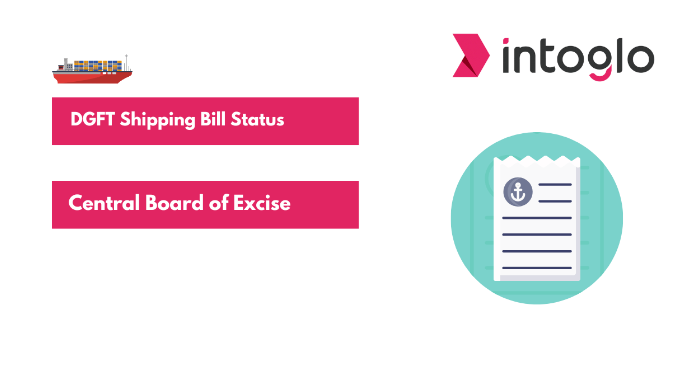
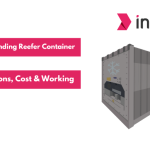

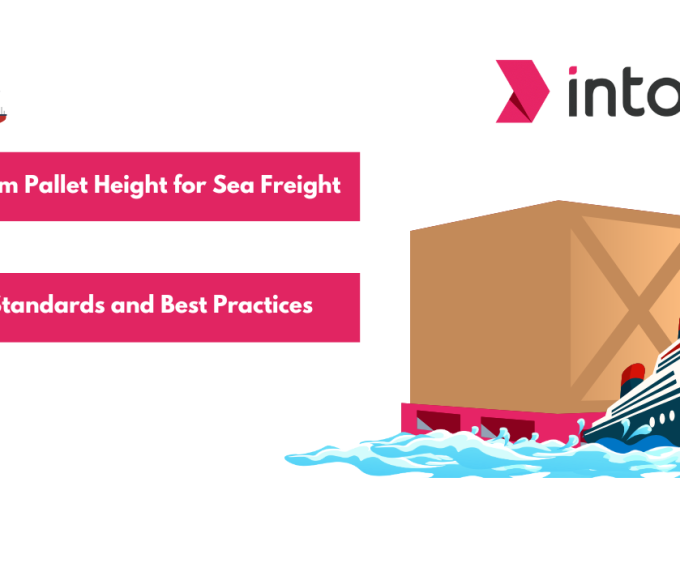

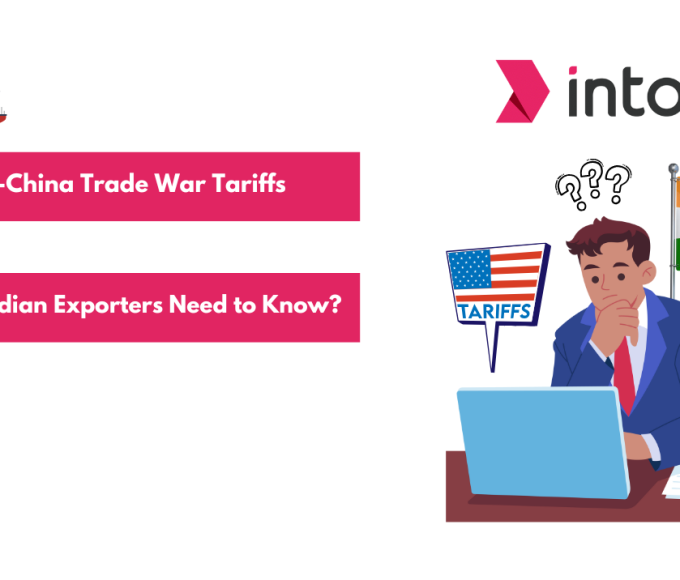
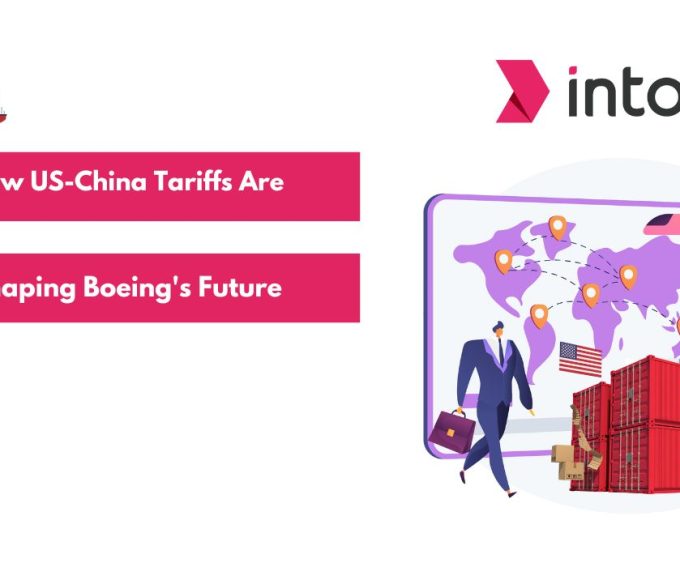
Leave a comment